News & Updates
Search
Lotus - A trusted name in family travel
Sections of the Great Wall
Each part of the Great Wall has its own history, its own story, its unique characteristics and scenery. Each part was built during different times, with different emperors, different materials, and for different reasons.
Of course, they also have a lot in common. Each section of the Wall has seen its share of wars, triumphs, and defeats. The Great Wall shows the Chinese people’s resolve and manpower to build such an astonishing military border.
They also share human sacrifice. Countless lives were lost in the process, and no part of the Wall was forgiving. It is known as “the world’s longest cemetery” by the locals. It is estimated to have claimed the lives of over one million people.
Some parts of the Wall have been restored such as Badaling and Juyongguan. Other parts have been left untouched and are crumbling. And some parts are in between. The Great Wall of China truly has something for everyone.
|
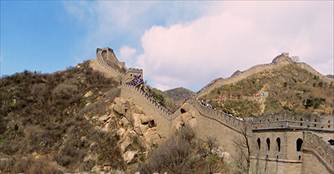 |
Badaling
Badaling is considered to be the best of all the sections of the Great Wall near Beijing. It is definitely the most famous. It was built in 1505 during the Ming Dynasty. |
|
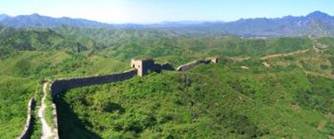 |
Gubeikou
Gubeikou Great Wall of China is located in the Yanshan Mountains in Miyun County. It was one of the most important passes of the Great Wall. Travelers looking for a section of the Great Wall where very few other tourists travel willenjoy the original look at Gubeikou. |
|
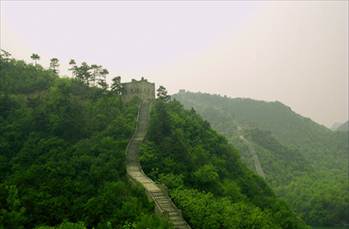 |
Huanghuacheng
Built during the years 1368 to 1644, this area of the Great Wall is known as Huanghua, or Yellow Flower. During the spring and summer months, this area is immersed in wild yellow flowers. This section of the Great Wall of China has an interesting story behind it as well. |
|
|
|
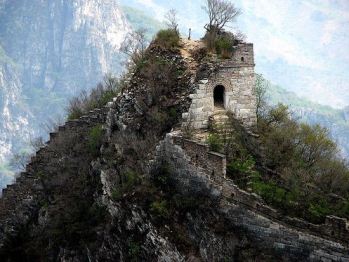 |
Jiankou
A section of the Great Wall of China located in Huairou County, about 45.3 miles (73 km) north of Beijing. It is a fantastic section to visit and is well-known for its photogenic scenery. This area of the Great Wall has not been restored and many of the bricks and stones are loose and crumbling. Travelers going to Jiankou should be well-prepared by wearing the proper hiking shoes and clothing because some spots are very dangerous. |
|
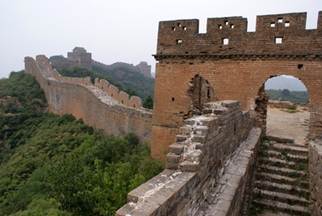 |
Jinshanling
Jinshanling Great Wall was first built in 1368 and was completed in 1389 during the Ming Dynasty. The scenery of Jinshanling is beautiful beyond description. Travelers will be amazed by the rows and rows of hills surrounding the Great Wall. It is an honor to the perseverance, determination and sheer hard work of the many thousands of Chinese people and the many lives lost to build it. |
|
 |
Juyongguan
Construction on this section was completed in 1368 during the Ming Dynasty. Juyongguan has a spectacular view, especially if you make it to the top! With other old structures and temples nearby, this section of the Great Wall is a must-see! |
|
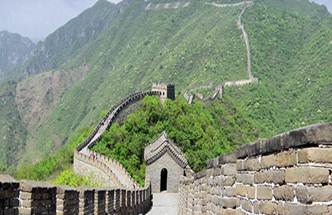 |
Mutianyu
Construction on this section of the Wall began during the Northern Qi Dynasty between the years 550-577 which makes it older than Badaling. Mutianyu was very important to guarding the capital city and the imperial tombs. It was given an AAAA rating for showing the best part of the Wall. |
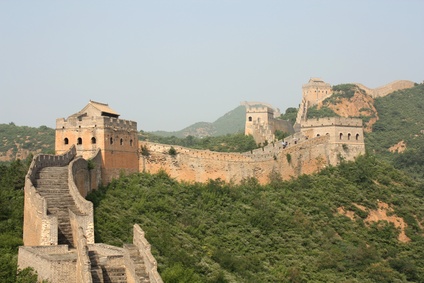 |
Simatai
The Simatai section of the Great Wall of China was first built during the Northern Qi Dynasty between 550 and 577. It was later rebuilt during the Hongwu years of the Ming Dynasty. It is the only section of the Great Wall of China near Beijing that still has the original look of the Ming Dynasty. |
Do you have a question or a comment about the Great Wall? Feel free to send us your question at maps@lotustours.net. Or, if you have a favorite photo that you have taken at the Great Wall, feel free to send it on to us and we can post it here on this page. Send photos to maps@lotustours.net. We look forward to hearing from you and about your Great Wall experiences or questions! It’s always a great time to visit the Great Wall!
Source: GreatWallofChinaBeijing.com







